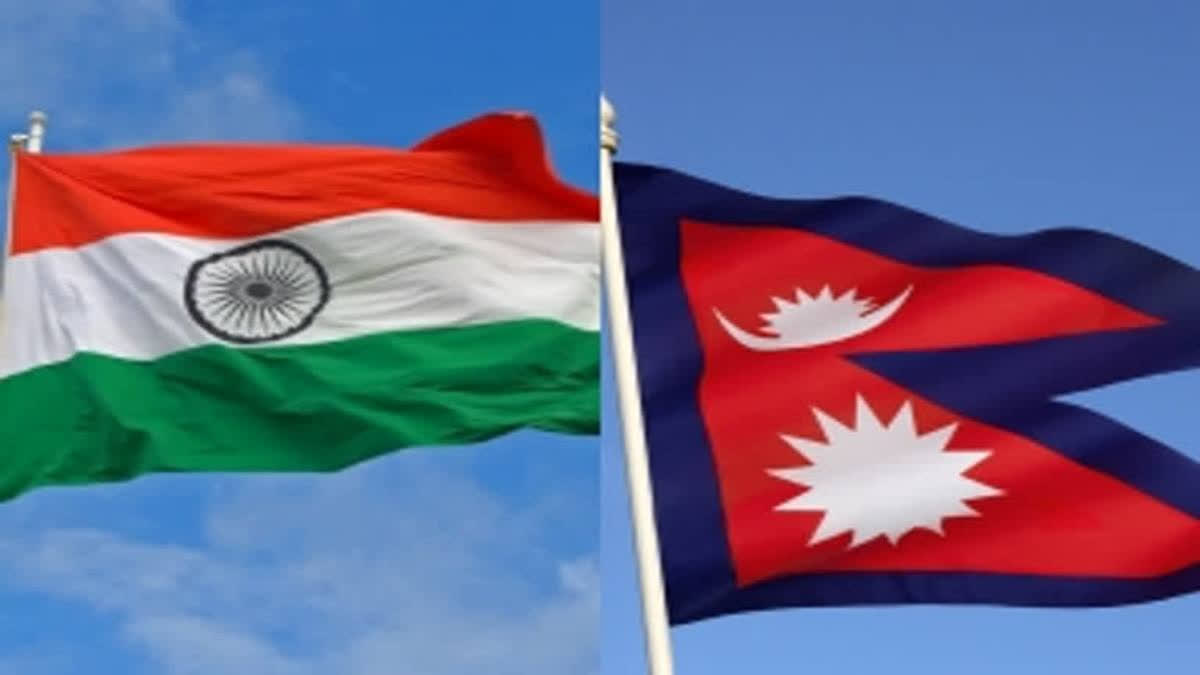New Delhi: Ahead of Foreign Secretary Vikram Misri’s first visit to Kathmandu on Sunday after assuming office last month, the External Affairs Ministry and NewSpace India Limited (NSIL) signed a memorandum of understanding (MoU) for grant assistance for the launch of the Munal satellite, indigenously developed by Nepal.
According to a statement issued by the External Affairs Ministry on Saturday, the MoU was signed by Anurag Srivastava, Joint Secretary (North) and Arunachalam A, Director from NSIL. Rabindra Prasad Dhakal, Secretary, Nepal Academy of Science and Technology (NAST), Surendra Thapa, Charge d’Affaires of the Nepal Embassy in New Delhi, and Abhas Maskey, Founder, Antarikchya Pratishan Nepal (APN), were present on the occasion.
“Munal satellite is an Indigenous satellite developed in Nepal, under the aegis of NAST,” the External Affairs Ministry statement reads. “APN, a Nepali space startup, has assisted Nepali students in the design and fabrication of this satellite. The satellite aims to build a vegetation density database of the Earth’s surface. This satellite is expected to be launched soon on NSIL’s Polar Satellite Launch Vehicle.”
The signing of the MoU comes after an agreement was signed by the NSIL and NAST in January this year when External Affairs Minister S Jaishankar visited Kathmandu to co-chair the seventh India-Nepal Joint Commission meeting. Munal is Nepal’s first Earth observation satellite, named after the Himalayan monal (locally known as danfe), a pheasant found in the region and also the national bird of Nepal.
It is a nano-satellite, falling within the 1U CubeSat class. It weighs around one kg and is equipped with a high-resolution camera capable of capturing images of the Earth’s surface. The satellite is expected to orbit at an altitude of about 500 to 600 km in low earth orbit.
“Munal has been developed under a high-school consortium satellite project, involving four high schools, facilitated by Antarikchya Pratisthan Nepal and supported by the Nepal Academy of Science and Technology,” Janardhan Silwal, Project Manager of the Munal Satellite Project and a Satellite Research Fellow at APN, told ETV Bharat. “The team consisted of 16 members, including nine high-schoolers, who joined the project in grade 11, and seven senior members from APN.”
Silwal explained that the project was envisioned to improve Nepal’s space activity and help improve the critical mass of space engineers and technicians in Nepal.
“Project Munal has been a success, not only in the sense that the flight model is ready, but it has been able to create a standard practice and process necessary for getting a satellite ready, from scratch and methods for tackling issues during the development phase, in the context of Nepal, which is contrastingly different from other emerging space nations,” he further explained.
Students from Kathmandu University High School (KUHS), Chaitanya Secondary School, Azad Secondary School, and Sanjiwani Model Higher Secondary School were involved in the two-year-long project. It was developed at the Space Systems Laboratory (SSL) of KUHS.
The satellite will aid in tracking deforestation, glacial melt, and other environmental changes. It will help in disaster risk reduction by providing real-time data on floods, landslides, and earthquakes. The satellite imagery will also be useful for planning and managing urban areas.
The Munal satellite is yet another manifestation of the space diplomacy that New Delhi is pursuing with other countries in South Asia. India’s space technology cooperation with South Asian countries is primarily channelled through the Indian Space Research Organisation (ISRO).
This cooperation aligns with India’s broader goal of promoting regional development and integration through the application of space technology. It is also part of India’s Neighborhood First Policy, which emphasises strong bilateral and multilateral ties with South Asian countries.
One of the most significant milestones in India’s space technology cooperation with South Asia was the launch of the South Asia Satellite (GSAT-9) in May 2017. This geostationary communication satellite was designed to serve the needs of South Asian countries, providing them with valuable communication, disaster management and meteorological services.
India’s space technology cooperation with South Asian nations is a cornerstone of its regional diplomacy, fostering stronger ties through shared technological advancements. By providing access to space technology, launching satellites, and building capacities, India has positioned itself as a key partner in the region’s development.
Read more: Nepal PM Oli Bats for Expansion of Waterways and Railways to Boost Connectivity With India



